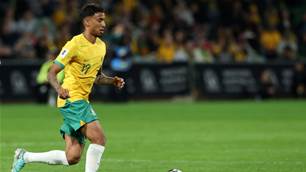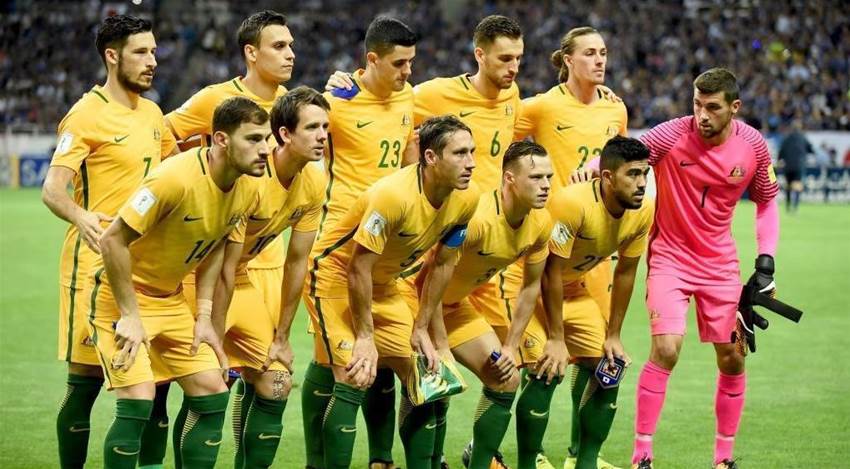“We didn’t have the night we wanted to”. This line, uttered by a dejected and defeated Ange Postecoglou after missing the chance to book his tickets to next year’s World Cup, managed to encapsulate the feelings of a disappointed nation.
Japan’s high press
Combined with the above defensive scheme, Japan also attempted a much higher press when Australia were building up from Mat Ryan, taking advantage of a perceived weakness in his distribution, as well as the appearance of technical deficiencies concerning the back three.

Time and time again, the press illustrated above caused the Socceroos to turn over possession in dangerous areas.
The three most central players were man-marked by their opposite players, cutting off these options completely and preventing Australia from alternating possession from the outside to the inside of the pitch.
Importantly, these players were also cut off from the subsequent sequence of possession, restricting the options of the player on the ball to wide players or a longer ball further up the field.
The players who weren’t against a direct opponent were positioned in a way which allowed them to press one of two players, dependent on who would receive the ball. For example, the Japanese right winger is positioned in a way which allows him to press either Matthew Spiranovic or Brad Smith.
This is then coupled with another player to increase the effectiveness of the press. For example, if Spiranovic was to receive the ball, the right winger and the central striker are responsible for pressing him together.
This element of Japan’s approach allowed them to restart play closer to the opponent’s goal, ensuring a quicker route for counter attacks as well as a minimalization of Australia’s attacking threat.
Related Articles

Socceroos midfielder embraces move to England

Cardiff City snap up sought-after Socceroos starlet













